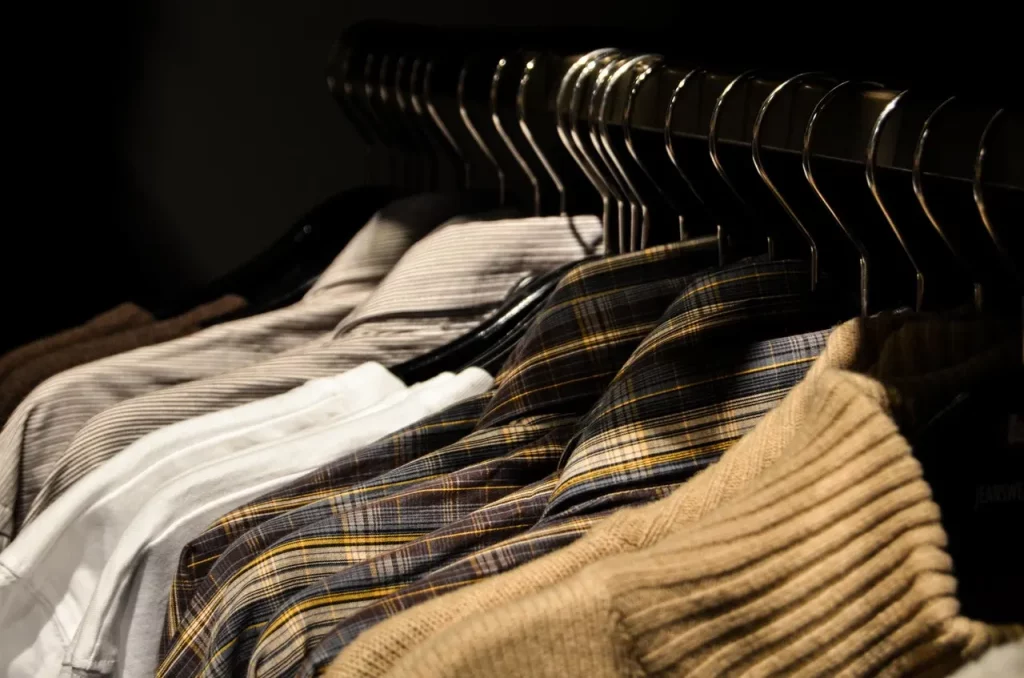Costume accuracy in historical films or period movies have always been a concern. In the ‘90s, historical epic “Braveheart” starring Mel Gibson was heavily derided for the lack of accuracy regarding the costumes of the Scotsmen in the film. In the 21st century, the latest period movie to receive flak for taking too many liberties with the accuracy of its costumes is 2019’s “Little Women.” The problem was exacerbated when the film went on to win Best Costume Design in the 92nd Academy Awards.
Since then, multiple fashion enthusiasts and costume historians have voiced their disappointment that the film won the award.
But why are people upset? Why is historically accurate costuming essential in films?
Learn why this aspect of clothing and fashion is important today.
-
Improves Immersion

Historical accuracy is important to immerse the audience in the period the film takes place. The wrong type of clothing or material can be very jarring and immediately removes a lot of the enjoyment of watching the movie. For example, a film set in 18th century London will mostly involve suits, jackets and tailored day clothes.
It would be very unusual and visually upsetting to see someone in jeans or even a modern suit walking among the foggy streets. Keeping everyone in clothing accurate to the time period helps viewers get into the atmosphere of the era.
-
Teaches Visually
The clothing of centuries past can be used to convey lessons to viewers. This can be done without needing to change them to unrecognizable styles. For example, in a film set in Renaissance Italy, the colors of a character’s clothing can teach the audience about how expensive dyes were.
The rich and powerful characters could wear clothing with deep blues, rich reds and stark black colors. Less fortunate characters will wear faded or even uncolored clothing. This not only establishes the power dynamics of the time but also visually separates characters in different economic strata.
-
Shapes Images
Historically accurate clothing in popular culture is essential in shaping how people picture certain time periods. The more prevalent inaccuracies are in films and television shows, the less people will be able to picture them accurately at all.
Sometimes films can propagate lies about fashion accessories and clothing of the period. Corsets, once just viewed as practical undergarments from the 18th century, became known as dangerous and sexist articles of clothing because popular culture help spread this narrative.
-
Respects Cultures

One of the most egregious mistakes a film’s costume designer can make is redesigning and inaccurately portraying clothing from different cultures, especially those from non-western countries or indigenous peoples.
Sometimes costume designers think that changing these designs can help the film’s visual design or find them aesthetically displeasing. Not only do these things not justify the disrespect to these cultures, they also erase these already marginalized communities in the name of aesthetics.
Promoting historical accuracy in costuming prevents filmmakers from committing mistakes and holds people accountable for when they do disrespect other cultures.
-
Highlights Techniques
Many techniques used in creating clothes from different eras are lost to time because they weren’t carefully noted down during their period. By promoting accurate clothing in fiction, especially film and television, experts can share these techniques with people who can apply them to practical situations.
For example, Alexandra Byrne created extensive clothing for 2020’s retelling of “Emma” using historically accurate patterns and techniques. This helped give the film a distinct visual appeal and showcase the beauty of textile work from the Regency period.
-
Helps Setting
Clothing in film can be just as important as sets and background in establishing what time period its happening in. Without accurate costumes and clothing, the film has to rely on more blunt methods for establishing its timeframe such as narration or on-screen text.
Clothing can immediately relay just how far into the past a particular movie is set in. For example, if a film set in England’s past features kirtles, tabards and noble ladies in wimples, this can clue in the audience that the film is set in the mid to late medieval period.
But if the film shows men in tight breeches with codpieces and women with pale facial makeup and large ruffs everywhere, it’s safe to assume it’s occurring in Elizabethan England.
Accurate fashion in film is often seen as unnecessary, but hopefully this article can establish how important it is in creating immersive and educational movie experiences. Putting all the effort in creating accurate clothing can elevate movies into great works of arts.

